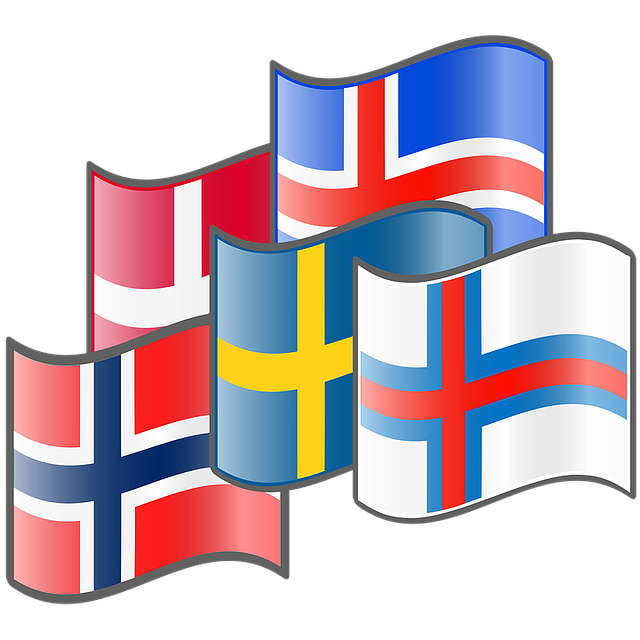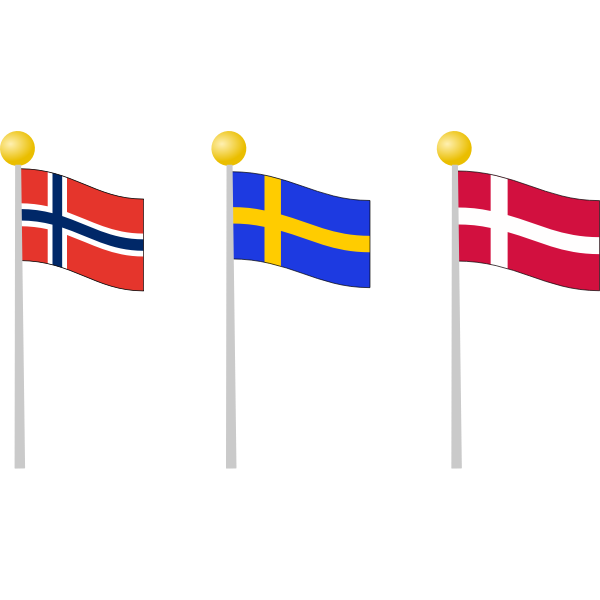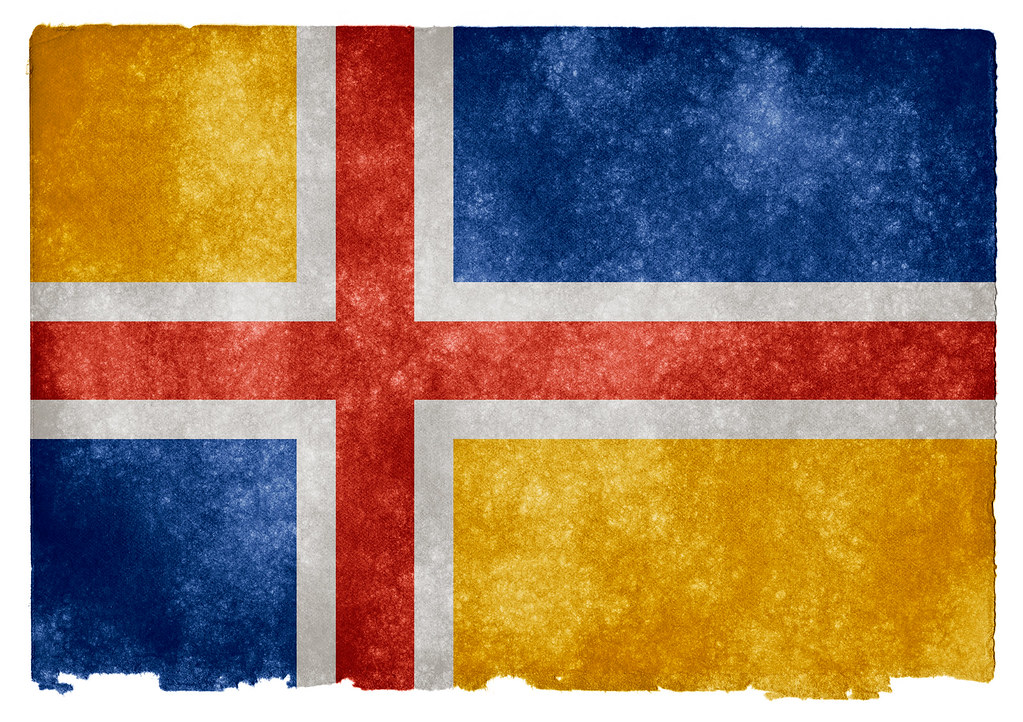Several countries in Northern Europe share cultural heritage, history, and language. Moreover, their inhabitants have identical or similar lifestyles. However, there are differences among these countries. They have different governmental types, economic systems, and languages. The differences between the countries in Scandinavia are relatively small compared to what characterizes the Nordic region as a whole. But they are still distinguishable. In this article, we’ll explain the difference between Scandinavian and Nordic countries.
The Nordic Region
We use the term “Nordic Region” to describe the five countries in Northern Europe: Denmark, Finland, Iceland, Norway, and Sweden. The term was first used in the late 19th century and is still used today.
The countries in this region have a lot of similarities with each other. They all have democratic governments, strong welfare states, and great social security systems. Although they all speak different languages, they are very similar to each other when it comes to culture, history, and politics.
The Nordic Region is sometimes referred to as “Scandinavia”. Most people associate these countries with Scandinavian heritage, even though they are not part of Scandinavia itself.

The Meaning of Nordic
The name “Nordic” comes from the word nord, which means north in some of these languages. The Nordic countries have much in common regarding their history, culture, and language.
The main reason for this similarity is that many people migrated from one country to another during different times in history. For example, Vikings were known for traveling far across Europe and Asia during their search for riches or adventure. Other migrations were caused by wars between countries or as a result of religious conflicts within them.
Other Regions with Ties to the Nordics
When the term “Nordic” is used in a region of Europe, it refers to the countries of Denmark, Finland, Iceland, Norway, Sweden, and their associated territories. By sharing a common heritage and similar cultural values with these five nations, many other areas in Europe are tied to Nordic culture through their history and ethnic groups.
Ireland, the Northern Isles of Scotland, and many parts of the Russian Federation are tied to the Nordic countries through their shared cultural heritage with each other. These countries are not currently part of the Nordic region’s political structure. However, they share many common characteristics with their Nordic neighbors. They are also sometimes referred to as the Nordic countries or the Nordic region.
However, this term can be ambiguous as it sometimes describes a wider area. That area is including the three Baltic states (Estonia, Latvia, and Lithuania) and the three independent German-speaking countries of Germany, Liechtenstein, and Switzerland.
Why isn’t Estonia Nordic?
Estonia is often associated with Finland and other Nordic countries. It’s a former part of the Soviet Union but not anywhere near as far east as Russia. It’s got a lot of lakes and forests. It is the “land of a thousand lakes,” according to the Estonians, who are very proud of their natural environment. It’s also got a long coastline facing the Baltic Sea. So what does Estonia have that would make it less “Nordic” than its northern neighbors?
The answer lies in Estonian history. Nordic countries were once part of Denmark, Sweden, and Norway. Even Finland was under Swedish rule for some time before gaining independence in 1917. Estonians never had any such association with Scandinavia. They were always part of the Russian Empire or the Soviet Union. This can be seen in their language. Estonian is related to Finnish and belongs to the Finno-Ugric family. It’s not remotely like Scandinavian languages such as Swedish or Norwegian.
Is Greenland Nordic?
Greenland is the largest island in the world. It is located in North America and has a population of just over 56,000 people. Although Greenland is a part of the Kingdom of Denmark, it is not traditionally recognized as a Nordic country. The Danish government still maintains control over Greenland. But the island has a partially autonomous government.
Therefore, Greenland is more of an autonomous territory than a full-fledged country. Its citizens can still travel freely to Denmark and other countries within the European Union. Although it is not officially considered part of Scandinavia, Greenland has much in common with its Nordic neighbors due to its shared history with Denmark. As such, it is often included alongside Sweden, Norway, Denmark, and Iceland when discussing “the Nordic Countries.”
The Scandinavian Region
The Scandinavian Region culturally and historically belongs in northern Europe. The meaning of Scandinavia varies between geographical, political, and cultural contexts. The scientific geospatial definition of Scandinavia refers to the three kingdoms of Denmark, Norway, and Sweden. However, this definition excludes Iceland due to its tectonic plates not being located on the Scandinavian Peninsula.
The term Scandinavia comes from the Skandage body of water that lies between Norway and Sweden. It is derived from the Old Norse word skáney meaning “rocky island,”. It was initially used by Viking explorers to describe the Scandinavian Peninsula.

The Scandinavian Peninsula and the Scandinavian Countries
The Scandinavian Peninsula is the peninsula in Northern Europe that includes the countries of Norway, Sweden, and Denmark. The Barents Sea surrounds the peninsula to the north, the Norwegian Sea to the southwest, the North Sea to the west, and Skagerrak Strait to the east.
Which Nordic Countries are not Scandinavian?
Greenland is not Scandinavian, but it is Nordic. Finland and Iceland are also Nordic countries but not Scandinavian.
Do All Nordic Countries Have Viking Heritage?
All Nordic countries have a Viking heritage. Scandinavia has been home to the Vikings for thousands of years. Today it’s still easy to see their influence on our culture. The Vikings are known as seafaring warriors who raided coastal towns across Europe and North America and established colonies and trade routes worldwide.
Is Scandinavian a Race or an Ethnicity?
Scandinavian is not a race, but it can be considered an ethnicity. The term Scandinavian refers to the people who live in Scandinavia, which includes Norway and Sweden, and Denmark.
Do All Scandinavian Countries Accept Euro?
None of the countries in Scandinavia uses Euros! Norway is not a member of the EU, while Denmark and Sweden have long been a holdout regarding joining the Eurozone. Despite their membership in the European Union, Sweden and Denmark have maintained a strong economy and a unique sense of identity. This element sets them apart from the rest of Europe. They have also maintained a stable bank system and currency, the krona. While it is true that many Swedish vendors accept Euros, Sweden itself will not be adopting them any time soon.

Conclusion
A Scandinavian is a native or inhabitant of Scandinavia, the region in northern Europe comprising the Scandinavian Peninsula, Denmark, Sweden, or Norway. Scandinavians are Germanic people and are thus related to the Germans. The term has been applied more widely in English since the 18th century, usually pejoratively, to refer to people of similar ancestry who share some cultural traits.
